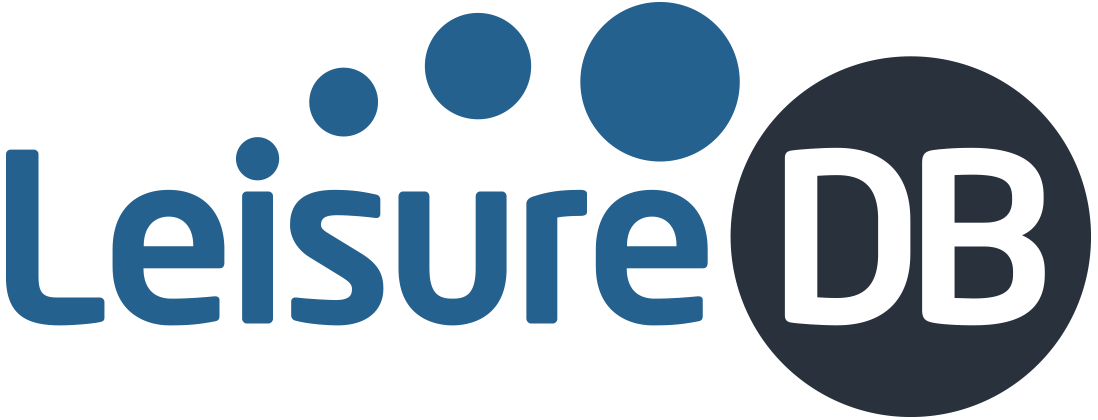A golden age for the health club industry
The latest numbers from The Leisure Database Company show the market is growing strongly and anticipating a golden age between now and 2020. David Minton reports...
The number of gyms and members, the market value of the sector and penetration rates for memberships are the key metrics detailed in the 2017 State of the UK Fitness Industry Report published by LeisureDB and they all show the UK fitness industry to be in rude health.
There are now over 9.7m fitness members (an increase of 5.1 per cent from 2016), which has boosted the penetration rate to an all-time high of 14.9 per cent, compared to 14.3 per cent 12 months ago. The market value has continued to grow and is now estimated to be £4.7bn, a 6.3 per cent increase. Now, in the UK, 1 in every 7 people are members of a gym – the most ever.
Budget success
The low-cost market has continued to be the main driving force of the industry. With over 500 sites, they now account for 15 per cent of the market value and an impressive 35 per cent of membership across the private sector.
Some trusts, management contractors and in-house operators across the public sector are also operating low-cost gyms and many of the low-cost brands have discovered that the strength of the market in some areas enables them to raise and move into the mid-market.
Fitness brands, with transparency of pricing and offering, are continuing to grow and by utilising good social media practices and constantly listening and responding to their customers, they are meeting and exceeding their needs.
Investment
However, they are not alone in pushing the boundaries and experimenting with innovation. Both the private mid-market operators and many public sector sites are also investing and expanding their market. Franchise brands have also had their best year to date and some top end brands are quoted as having more members now than ever before.
For the first time in five years, the public sector saw a small decline in membership numbers after closing more sites than it opened for the second year running. With almost 50 per cent of public sites still to go out to tender, the trusts and contract management companies have an opportunity to turn this decline back to growth in 2018 and beyond.
The trend data shows how the industry has grown over the last five years and in 2017 the industry now offers the widest possible choice of fitness options. New technology and innovation feeds into the existing industry at all levels and could in-part be responsible for helping expand the market.
Diversification
Location search, live timetables and deeper booking integration will be commonplace very shortly through search engines, social media platforms and apps. Online class bookings, currently available across 41 per cent of the private sector and 61 per cent of the public, shows good levels of adoption, even if some of the interfaces are still clunky to use for the more tech-savvy consumers.
Meanwhile new fitness experiences, via travel companies, community groups and highly curated events, are often reliant on the consumer having higher levels of fitness to take part.
Boutiques and the growing fitness-for-free sector are all anecdotally helping expand the market, and opportunities at activewear shops, park gyms and meet-ups via apps all seem to be feeding into the core fitness industry.
The consumer brings greater expectation for a better and more connected experience, and despite the current political and fiscal uncertainties, the report remains very positive about the future. It may be a little premature to call the period between 2017 and 2020 the “golden age of fitness” but the industry is likely to reach some key milestones in 2018, including the number of fitness sites surpassing 7,000 for the first time, total membership exceeding 10m, market value totalling £5bn and the penetration rate easily surpassing 15 per cent of the total population. Obviously, the devil is in the detail and the detail is exactly what’s is in this report.
Details from www.leisuredb.com/publications
Original HCM article here.


